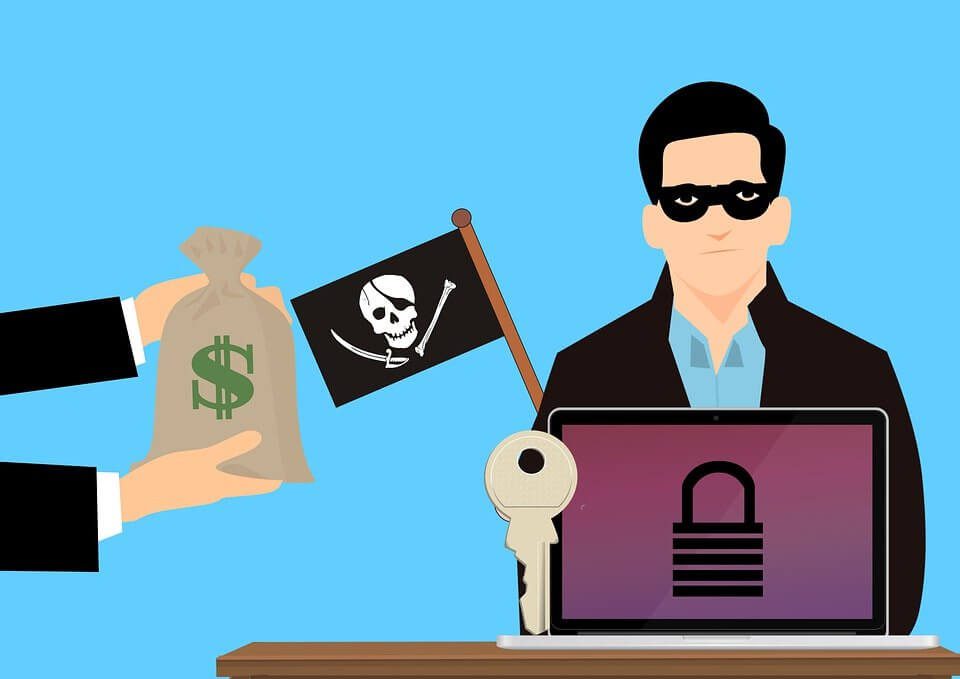Not too long ago, the CryptoLocker ransomware virus was all over the news, infecting over 250,000 computers in its first 100 days of release (at least that’s the number reported — the real numbers are probably MUCH higher). The threat was fairly straightforward: Pay us or we’ll delete all your data.
Ransomware, like the CryptoLocker attack, works by encrypting your files to prevent you from using or accessing them. After your files are compromised, the hackers behind the attack pop up a demand screen asking for payment ($400 to $2,000) within a set time frame (e.g., 72 hours or three days) in order to get the key to decrypt your files. The last CryptoLocker virus forced many business owners to lose data or pay up, since there was no other way to decrypt the files.
Obviously, the best way to foil a ransomware attack is to be incredibly diligent about IT security, but with hundreds of thousands of new attacks being created daily, there are no guarantees that you won’t get infected.
Therefore, it’s critical to maintain a full, daily backup of your data OFF-SITE, so that, if you do get whacked with ransomware, you can recover all your files without having to pay a thin dime.
And don’t forget to also back up off-site PCs, laptops, remote offices and third-party software data stored in cloud apps.
Alan Edwards, CISM, is chief information officer at Computerware, Inc., in Vienna, Virginia.


